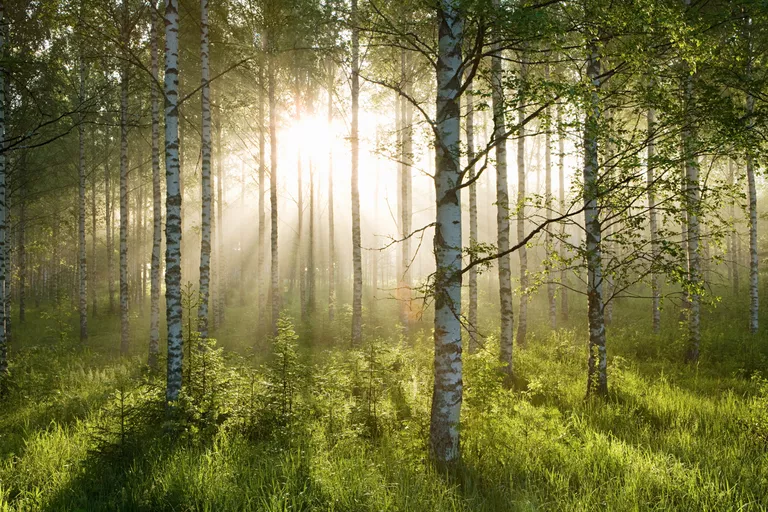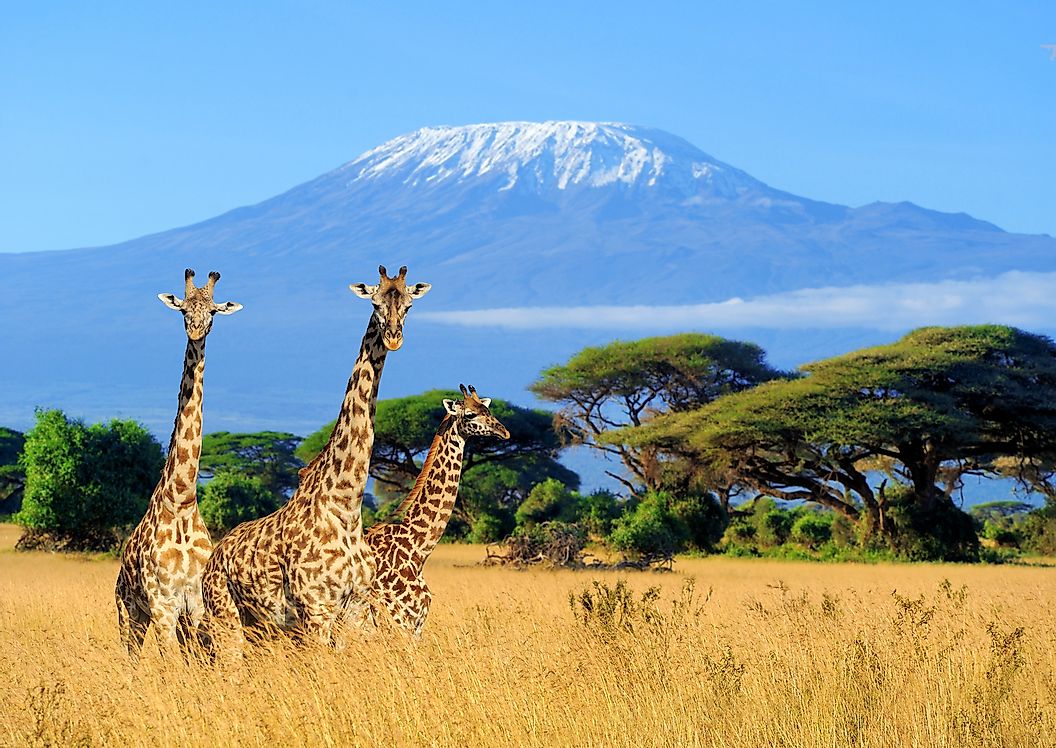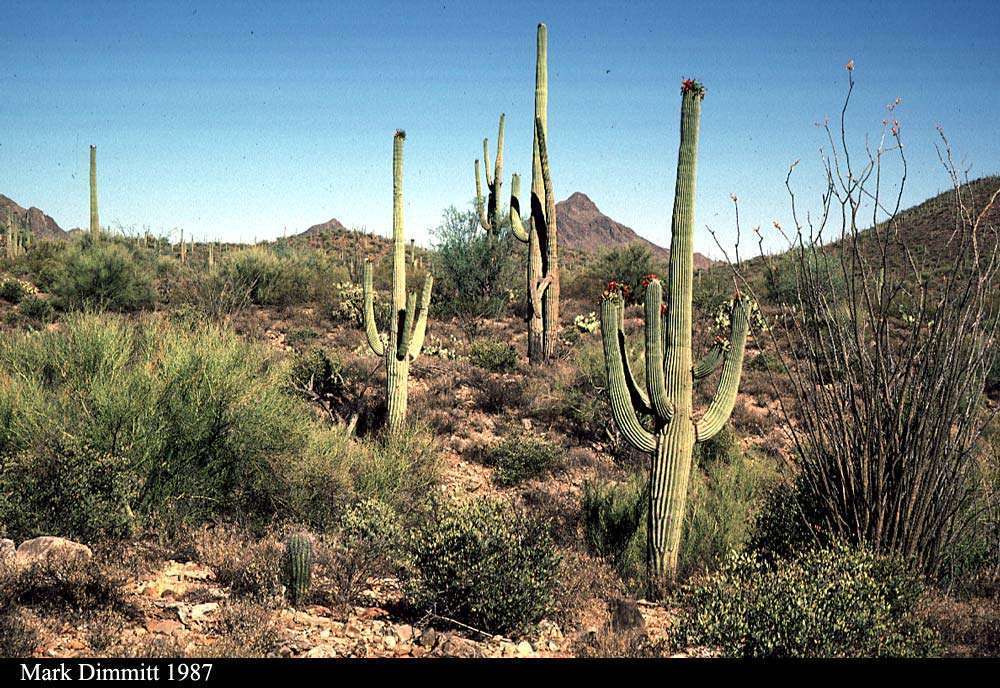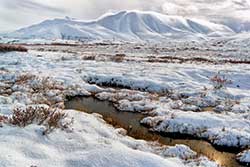Terrestrial Biomes Study Guide
Introduction:
A biome is a number of different ecosystems defining a larger population and area, influenced by a common climatic pattern spanning over a longer period. Of the two biomes, aquatic and terrestrial, terrestrial biomes have the most biodiversity representation.
Terrestrial Biomes
Terrestrial biomes are the ecosystems found in a similar climatic pattern in a region that need not be located in proximity but span across the earth. An example of a terrestrial ecosystem is tropical forests. The various types of biome in the terrestrial terrain are forests, grasslands, deserts, and tundra.

Types of Terrestrial Biomes
The major terrestrial biomes are further subdivided into smaller ecosystems. From the classification of terrestrial biomes, it is well observed that biome distribution is based on temperature and precipitation.
1. Forest Biome

-
It is characterized by three types of tree ecosystems: tropical, temperate, and taiga or boreal forests.
-
When warm and wet, tropical forests are called rainforests, while dry and cool conditions result in deciduous forests.
-
They are characterized by thick canopy and tall or short trees.
-
Temperate forests are found in regions that have mid-range temperatures and all four seasons.
-
Taiga or boreal forests are the ones that have cold, dry winters and short, cool, wet summers.
2. Grasslands

- Grasslands are land regions that do not have trees but only grass vegetation.
- It is of two types: temperate and tropical.
- Tropical Savannas are characterized by hot temperatures with tall grass and scattered short trees. They have limited rainfall or precipitation.
- Temperate grasslands have shorter grass. They are also classified as pampas, steppe, prairie, and savanna.
3. Desert Biome

- They are dry regions that hardly have any vegetation, and if there is, they are adapted specially to suit the dry climate with the least rainfall to access water for survival.
- The deserts have hot days and cold nights with extreme summers and winters.
- There are three types of deserts – hot, cold, and coastal deserts.
4. Tundra

- Tundra is a polar desert and is entirely covered with snow throughout the year, with the depth of snow forming as a part of the layer of soil called permafrost.
- The vegetation is seen as short herbs to shrubs or grass only during the summer.
- Tundra regions are found only in the earth’s polar regions and are cold year-round.
- Alpine and arctic tundra are the two common types of tundra regions.
– Arctic tundra
This is found in the northernmost regions of the earth, closer to the poles.
– Alpine tundra
This is found in multiple regions in the world and are usually located at higher altitudes of around 10,000 feet above sea level.
Conclusion:
- A terrestrial biome shows the highest biodiversity and richness of species near the equator, reducing the polar regions.
- The biomes are not found in patches but are spread across the earth depending on the climatic pattern and are influenced beyond climate by latitude determining its location reflecting on the temperature, precipitation, and rainfall driven by wind flow pattern.
FAQs:
1. What are the characteristics of terrestrial biomes?
A terrestrial biome is a land region on the earth’s surface covered by biological communities that group under the same climatic patterns like rainfall and temperature. Temperature and precipitation or rainfall are the main driving factors determining the terrestrial biome type. These biomes are land regions with their ecosystems dependent on common climatic patterns.
2. What is the example of a terrestrial biome?
Forest is influenced by good rainfall and high temperature with ample sunlight. Many types of forests are determined by the spread of rainfall and temperature range, defining the types of trees representing the forest in that region, thereby forming an ecosystem.
3. What are 3 characteristics used to describe terrestrial biomes?
The three characteristics that describe terrestrial biomes are flora, fauna, and climate.
4. What are the 2 factors that define terrestrial biomes?
The two factors that define terrestrial biomes are rainfall and temperature. Temperature determines the type of vegetation from forests to grass as it supplies the amount of sunlight needed for plant growth. At the same time, rainfall helps define even the type of animals influenced by the vegetation to support it.
5. What are the different types of terrestrial and aquatic biomes?
Aquatic biomes are classified further as marine and freshwater biomes. Terrestrial biomes are forests, grassland, desert, and tundra.
6. What is the importance of the terrestrial ecosystem?
The terrestrial ecosystem is important because of Sustainable Development goals of sustainability and conservation restoration. It helps in reaching maximum productivity in an ecosystem as in forests. It manages the maximum water use efficiency as in deserts. And these two extremes also reflect the maximum carbon-use efficiency.
7. What are the distinguishing characteristics of each major terrestrial biome?
The distinguishing characteristics of major terrestrial biomes are rainfall and sunlight availability, as implied by temperature. Higher rainfall and more sunlight or higher temperature results in forests while lower temperature and nil or least sunlight with minimum rainfall but snow results in polar deserts; while higher temperature and least rainfall results in deserts. The other biomes are found predominantly in the mid-regions and are grasslands and tundra.
8. What is the difference between terrestrial and marine ecosystems?
Terrestrial ecosystems are communities of biomes found on the land surface that are impacted by the need for support from freshwater resources for survival. However, they are not influenced by them for habitat. Marine ecosystems are the living forms that have accommodated themselves in marine regions such as seas and oceans, including coral reefs and estuaries. There is more richness and diversity in terrestrial ecosystems than in marine ecosystems.
We hope you enjoyed studying this lesson and learned something cool about Terrestrial Biomes! Join our Discord community to get any questions you may have answered and to engage with other students just like you! Don’t forget to download our App to experience our fun, VR classrooms – we promise, it makes studying much more fun! 😎
]]>